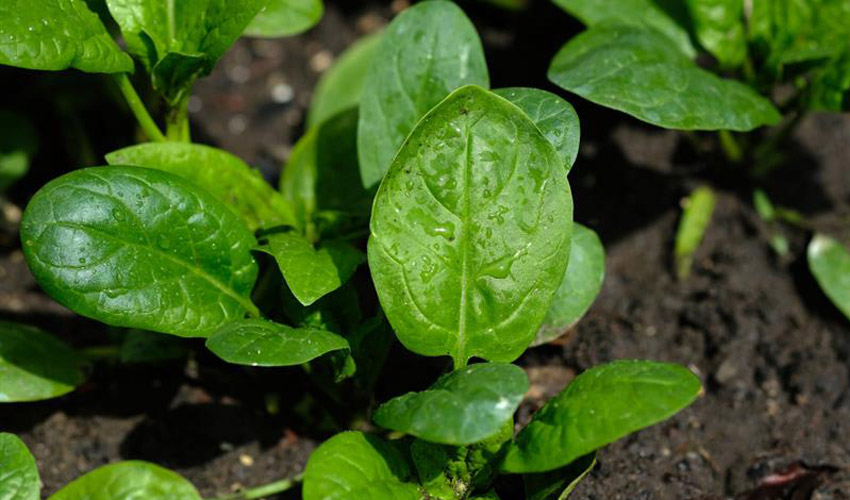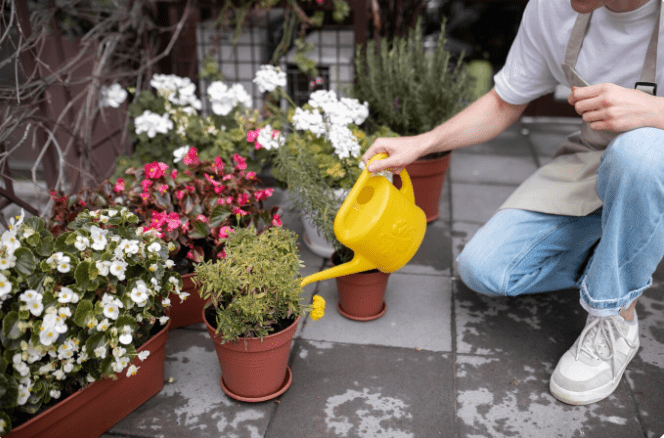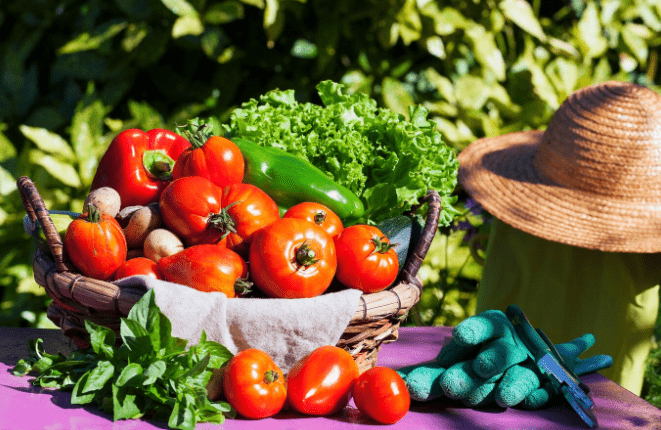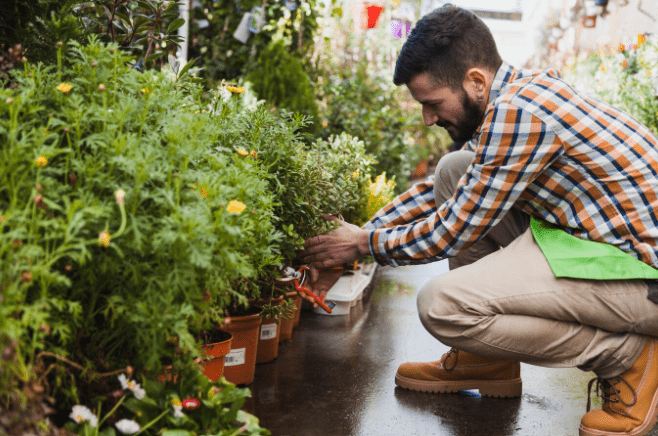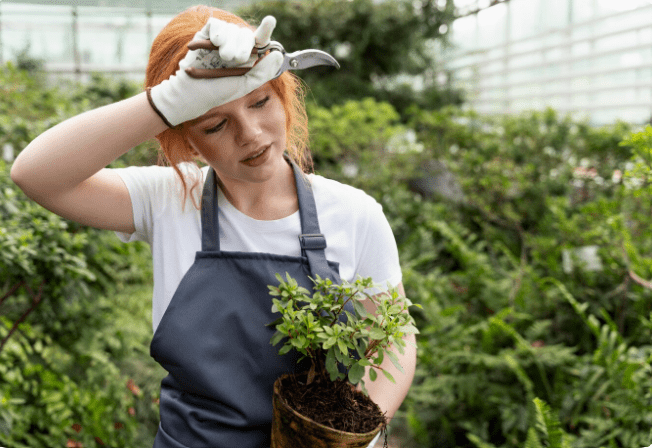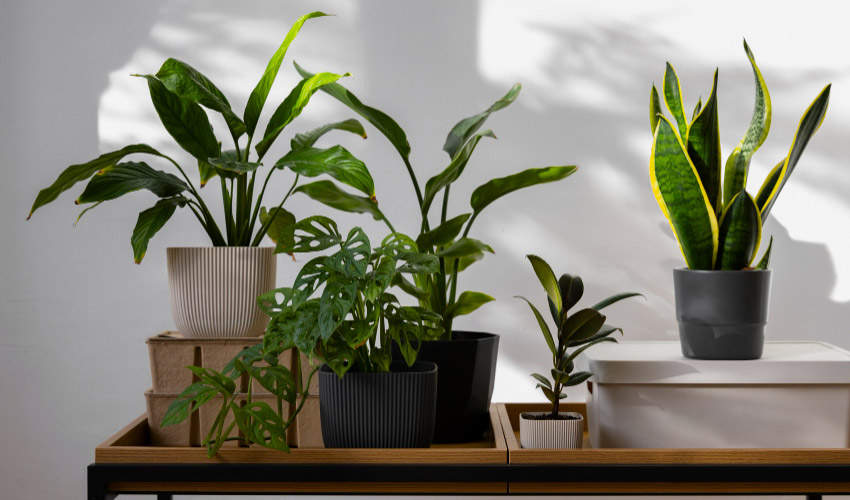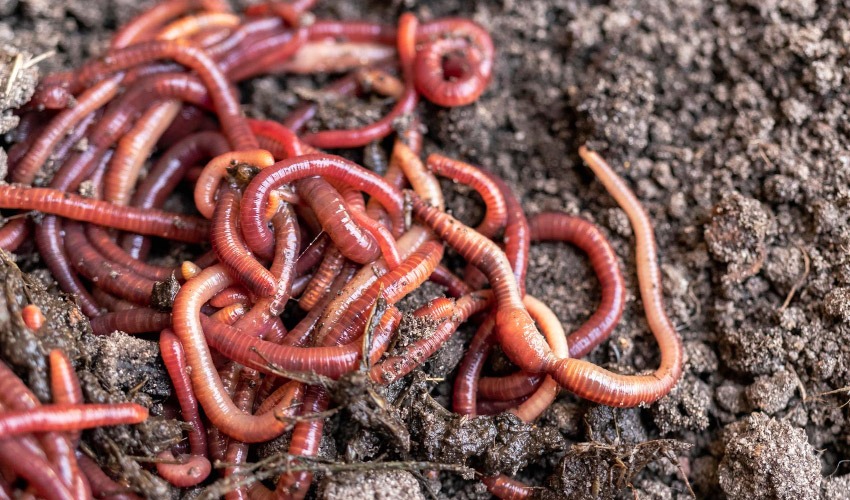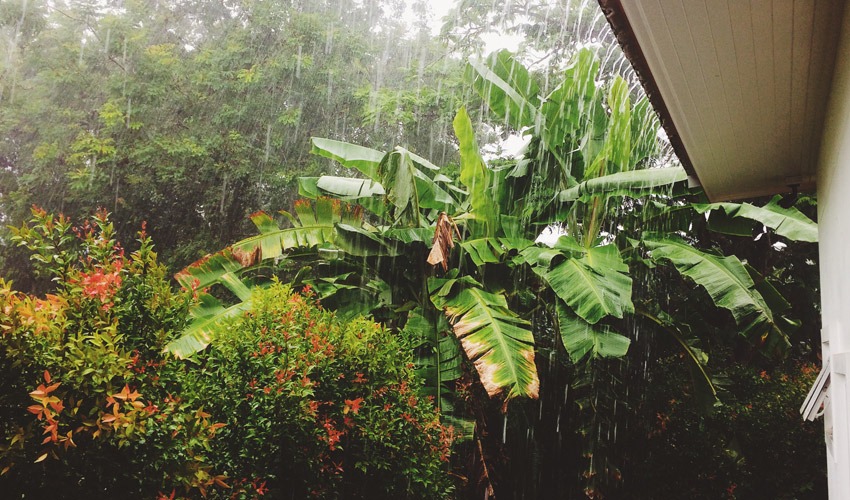The rainy season brings a refreshing change, like cooler weather, light showers, and an ideal atmosphere for many leafy vegetables to thrive. Among them, spinach is a quick-growing, nutrient-dense green that’s perfect for cultivating at home during this time.
Whether you’re working with a backyard bed, balcony containers, or even small window planters, growing spinach during the monsoon is a great way to enjoy fresh, wholesome greens right from your space. And honestly, there’s nothing more rewarding than harvesting crisp spinach leaves for your soups, salads, or stir-fries.
Let’s see how you can make the most of rainy days by learning how to grow spinach in monsoon.
Table of Contents
ToggleGuide to Growing Spinach
When it comes to spinach planting in July, it’s essential to choose the right variety for the season. Typically, summer spinach types thrive from May to October, while winter varieties do better from October through April. However, keep a close watch on your plants, as spinach tends to grow faster in warm, humid conditions, especially during the monsoon.
1. Choose the Best Spot
Spinach thrives in cooler climates and benefits from partial shade, especially during the hot, humid afternoons typical of the monsoon season. Choose a spot that gets approximately 4 to 6 hours of filtered or indirect sunlight each day.
Morning sunlight works wonderfully, but direct afternoon rays can toughen the leaves and give them a bitter edge. If you’re growing spinach indoors, position your pots near a bright window that lets in soft, indirect light. This ensures your spinach receives the necessary illumination without being exposed to intense heat or stress.
2. Prepare Nutrient-Rich, Well-Draining Soil
For healthy spinach growth, the soil should be fertile, loose, and able to drain excess water effectively. Begin by turning the soil to a depth of 15 to 20 cm, providing the roots with sufficient space to grow freely. Add plenty of organic matter, like aged manure or compost, to boost nutrient content and help the soil retain the right amount of moisture, which is especially beneficial during unpredictable monsoon rains.
Avoid dense, clay-heavy soils that retain water for too long, as overly wet conditions can lead to root rot and fungal infections. If drainage is a problem in your garden, raised beds or spacious pots are great alternatives.
3. Sow Your Seeds
To get started, plant spinach seeds about 1 to 1.5 cm deep in the soil. Keep a gap of around 5 cm between each seed. Leave about 20 cm between rows to ensure good airflow, which helps prevent fungal issues that are more likely to develop in damp, monsoon conditions.
Once sown, gently cover the seeds with a thin layer of soil. Water them softly but thoroughly to help settle the soil without displacing the seeds. Under favorable conditions, you can expect seedlings to sprout within 7 to 14 days.
4. Maintain Consistent Moisture Levels
Spinach needs steady moisture to grow well, particularly during dry breaks in the monsoon. That said, the soil should be damp, not soggy, as too much water can lead to root rot and encourage fungal infections.
Keep a close eye on your spinach bed and water the plants whenever the topsoil feels slightly dry to the touch. To help keep the soil temperature stable and conserve moisture, apply mulch around the plants using materials such as straw, dried leaves, or coconut husks. This also helps reduce weed growth, which can rob your spinach of essential nutrients.
5. Thin Seedlings for Healthier Growth
A vital step in learning how to grow spinach in monsoon is knowing when to thin out your seedlings. Once they reach a height of around 5 to 7 cm, it’s time to remove the weaker or crowded ones. Use a small pair of scissors to gently snip them at the base, avoiding any disturbance to nearby roots.
Thinning prevents overcrowding, which can stunt growth and increase the likelihood of disease. It also improves air circulation, keeping the leaves healthy and less vulnerable to the damp conditions common during the rainy season.
6. Protect Your Spinach from Pests and Heavy Rain
Spinach planting in July, especially if it’s monsoon, can attract unwanted visitors like aphids, slugs, and snails—all of which are drawn to tender, young leaves. Keep a close watch on your plants and tackle infestations early using organic solutions, such as neem oil, or by encouraging beneficial insects, like ladybirds, into your garden.
To prevent damage from intense rainfall, use a breathable protective cover or a light shade net. Growing spinach in raised beds or spacious containers also helps prevent water from pooling around the roots, reducing the risk of rot.
7. Harvest Regularly for a Steady Supply
Spinach loves the cool, moist conditions of the monsoon and grows at a surprisingly fast pace. You can begin picking baby leaves just three to four weeks after sowing. For ongoing growth, harvest the outer leaves first by carefully snipping them near the base.
This method allows the center of the plant to keep producing new foliage. Avoid cutting the entire plant in one go, as this can halt further growth. With consistent harvesting, you’ll enjoy a steady supply of fresh, tender spinach throughout the season.

